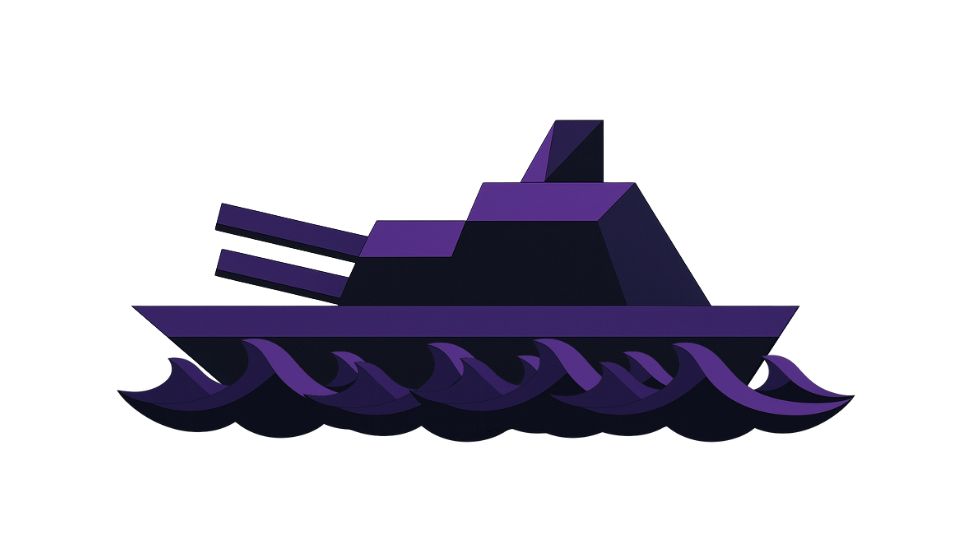U.S. Navy carrier aircraft, including E-2D Hawkeye and F/A-18E/F Super Hornets, were spotted conducting patrol flights along the Venezuelan coast on Monday.
This marks the first visible sign that the USS Gerald R. Ford, the world’s largest aircraft carrier, has commenced active operations in the Caribbean Sea. It recently arrived in the region. Find more on its arrival here.
Previously, patrol duties in this area were carried out by U.S. Marine Corps aviation units, specifically F-35B Lightning II aircraft operating from a base in Puerto Rico.
The appearance of carrier-based aircraft, like the Super Hornets and the E-2D Hawkeye, indicates a full shift in operational posture and involvement of the U.S. Navy’s newest aircraft carrier.
Flight-tracking imagery confirmed these aircraft, labeled as RHINO-series and TRACER-series, operating over international waters north of Venezuela, near Aruba and Curaçao. They flew repeated orbits consistent with maritime patrol activity.
The E-2D Hawkeye provides airborne early warning, airspace management, and long-range surveillance capabilities for the Navy. The F/A-18E/F Super Hornet supports strike, air-to-air, and maritime patrol roles.
This transition from land-based Marine Corps patrols to Navy carrier-based patrols allows for longer endurance and a continuous presence without relying on land airfields, enhancing regional security presence.
The deployment of such advanced naval assets, while focused on the Caribbean, reflects broader shifts in global aerial defense strategies. Nations worldwide are modernizing their airborne surveillance and interception capabilities.
Recent events, such as Japan scrambling fighter jets to intercept a presumed Chinese spy drone, underscore the increasing frequency and complexity of aerial incursions. These incidents highlight a heightened vigilance in contested airspaces.
The continuous development and deployment of both manned and unmanned aerial systems by major powers are reshaping military doctrine. This necessitates robust and flexible response mechanisms, from carrier operations to rapid-response intercepts.
For more insight into how nations are responding to evolving aerial threats and the strategic importance of rapid interception capabilities, consider the report on Japan’s recent actions concerning a Chinese spy drone. Read about Japan’s aerial defense response here.

